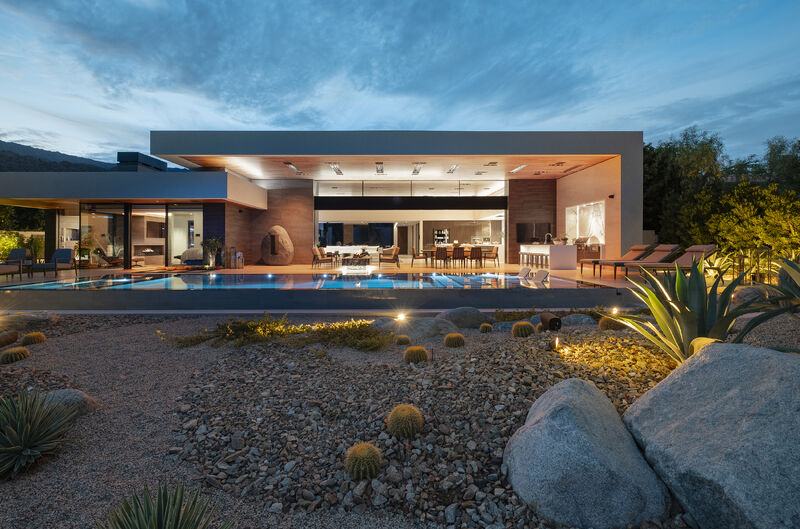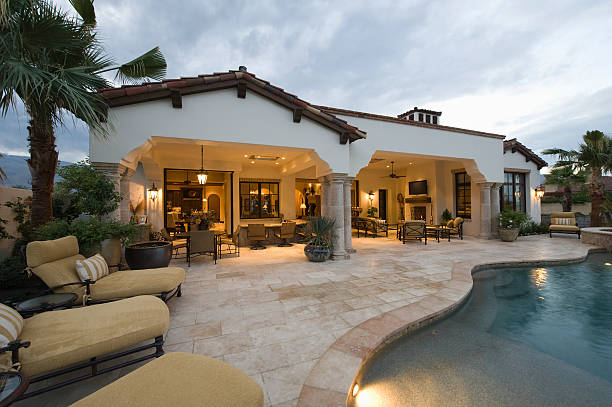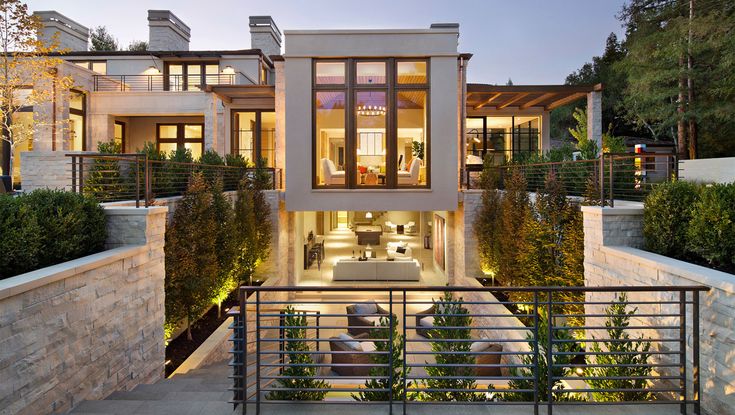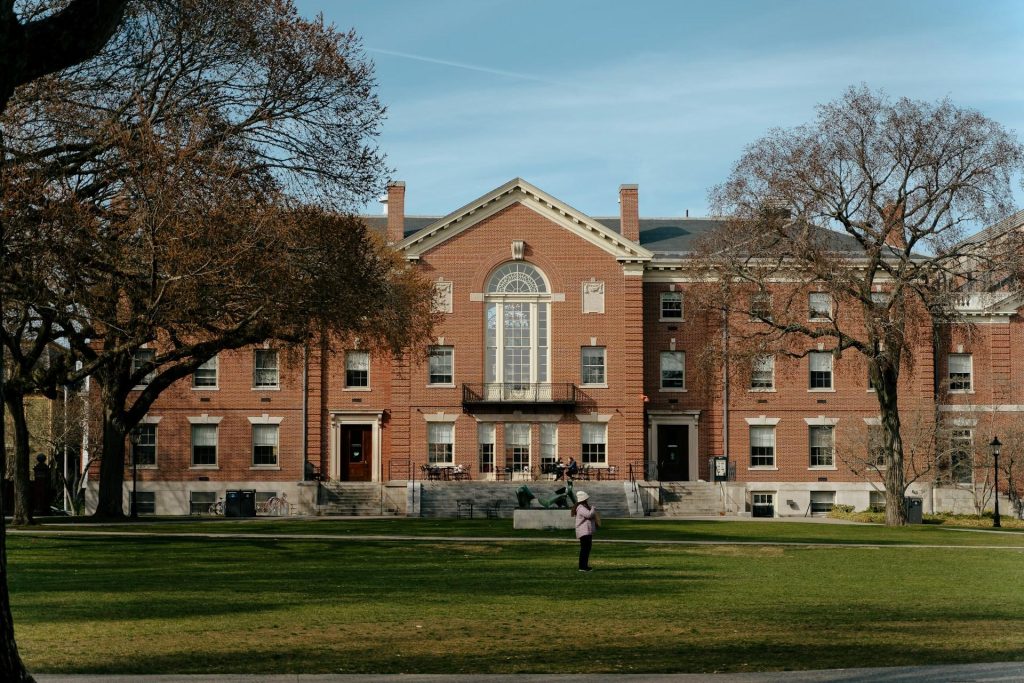In California’s most exclusive neighborhoods — from Malibu to Beverly Hills and Pacific Palisades — the meaning of luxury renovation is evolving. Today’s high-end homeowners are not chasing trends or extravagant ornamentation. They’re seeking architectural integrity, sustainable performance, and homes that reflect a sophisticated lifestyle through design precision.
Modern renovation projects often begin not with a contractor, but with an architect — someone who understands structure, proportion, and long-term value. That’s why architectural studios specializing in high-end residential projects are increasingly shaping the standard for luxury remodeling across California. Their design-led approach blends creative vision with technical rigor, ensuring that every detail — from layout to lighting — aligns with the home’s architectural DNA.
The Shift from Cosmetic Upgrades to Architectural Renovation
High-end homeowners used to equate renovation with aesthetic refresh: new finishes, imported materials, upgraded kitchens. But California’s new generation of property owners are more design-savvy — they expect functional architecture that enhances comfort, energy performance, and the home’s connection to its environment.
Architectural remodeling begins with spatial intelligence. Instead of layering new finishes on outdated layouts, architects reimagine circulation patterns, optimize daylight, and redesign spatial flow. This architectural mindset turns a standard remodel into a long-term investment in value, comfort, and sustainability.
Key Elements of Modern Luxury Renovation
1. Architectural Layout Optimization
Luxury doesn’t require excess space — it requires efficiency and grace. Reworking the floor plan to eliminate wasted corridors or dark corners can redefine a home entirely. Open yet zoned living spaces, discreet transitions, and framed views all contribute to architectural sophistication.
2. Structural and Energy Performance
With California’s building codes emphasizing resilience and sustainability, high-end renovations often integrate seismic upgrades, energy-efficient envelopes, and smart building systems. A holistic architectural plan allows these elements to coexist seamlessly rather than as add-ons.
3. Materials and Detailing
True luxury reveals itself in material honesty — natural stone, brushed metal, white oak, or Venetian plaster. Architects ensure these materials are not just decorative but integral to the building’s performance and longevity.
4. Connection to the Site
California’s climate and topography demand that homes respond to light, views, and landscape. Architectural remodeling often includes new glazing systems, courtyard reconfigurations, or terraced additions that blur the boundary between indoor and outdoor living.

Why Collaboration Matters in Luxury Renovation
High-end remodeling is inherently complex — involving structural engineers, interior designers, builders, and city officials. Without architectural leadership, projects risk fragmentation and costly miscommunication.
That’s why many homeowners now begin with an architect rather than end with one. Teams led by Ataman Studio oversee the entire process — from early feasibility studies to permit-ready documentation and construction oversight.
Architectural management also means navigating California’s strict zoning, fire-safety, and energy-efficiency requirements — a critical layer for luxury homeowners investing in longevity and compliance.
Integrating Sustainability with Luxury
California has become a testing ground for high-end sustainability. Fire-resistant materials, photovoltaic roofs, passive cooling systems, and water-efficient landscaping are now integral to architectural luxury. These features not only align with the state’s progressive codes but also increase long-term property value.
The most advanced renovations merge environmental awareness with modern aesthetics — homes that look as refined as they perform. Solar shading can double as a sculptural facade; sustainable materials can achieve a tactile richness comparable to traditional luxury finishes.

The Economics of High-End Architectural Renovation
Luxury renovation is as much a financial strategy as a lifestyle choice. Architectural remodeling has been shown to yield one of the highest returns in premium markets like Los Angeles, Santa Barbara, and Silicon Valley.
-
Value Retention: Architect-designed homes tend to appreciate faster due to cohesive design and compliance with modern standards.
-
Longevity: A home that’s structurally and environmentally optimized requires less maintenance and remains relevant longer.
-
Resale Appeal: Buyers recognize the difference between superficial updates and architect-driven redesigns — and are willing to pay for it.
Looking Ahead: Architecture as a New Benchmark of Luxury
As California’s real estate market matures, luxury will increasingly be measured by design intelligence, not opulence. Architectural remodeling represents a more sophisticated understanding of what it means to live well — a balance between comfort, performance, and timeless aesthetics.
For discerning homeowners, the message is clear: the future of luxury isn’t about having more — it’s about designing better.





















